The passing of Duchess Marie of Saxe-Altenburg, the last surviving member of the Gotha royal family, marks the end of an era in European history. Born in 1874, Duchess Marie lived through significant events that shaped the continent, including both World Wars and the tumultuous years that followed.
Throughout her life, Duchess Marie was known for her strong sense of duty and her dedication to her family and her country. As the daughter of Prince Albert of Saxe-Altenburg and Princess Charlotte of Prussia, she was a member of the royal family and played an important role in the history of the region. Her passing leaves behind a legacy of service and commitment to the values of her family and her heritage.
what were the key achievements of Duchess Marie during her reign
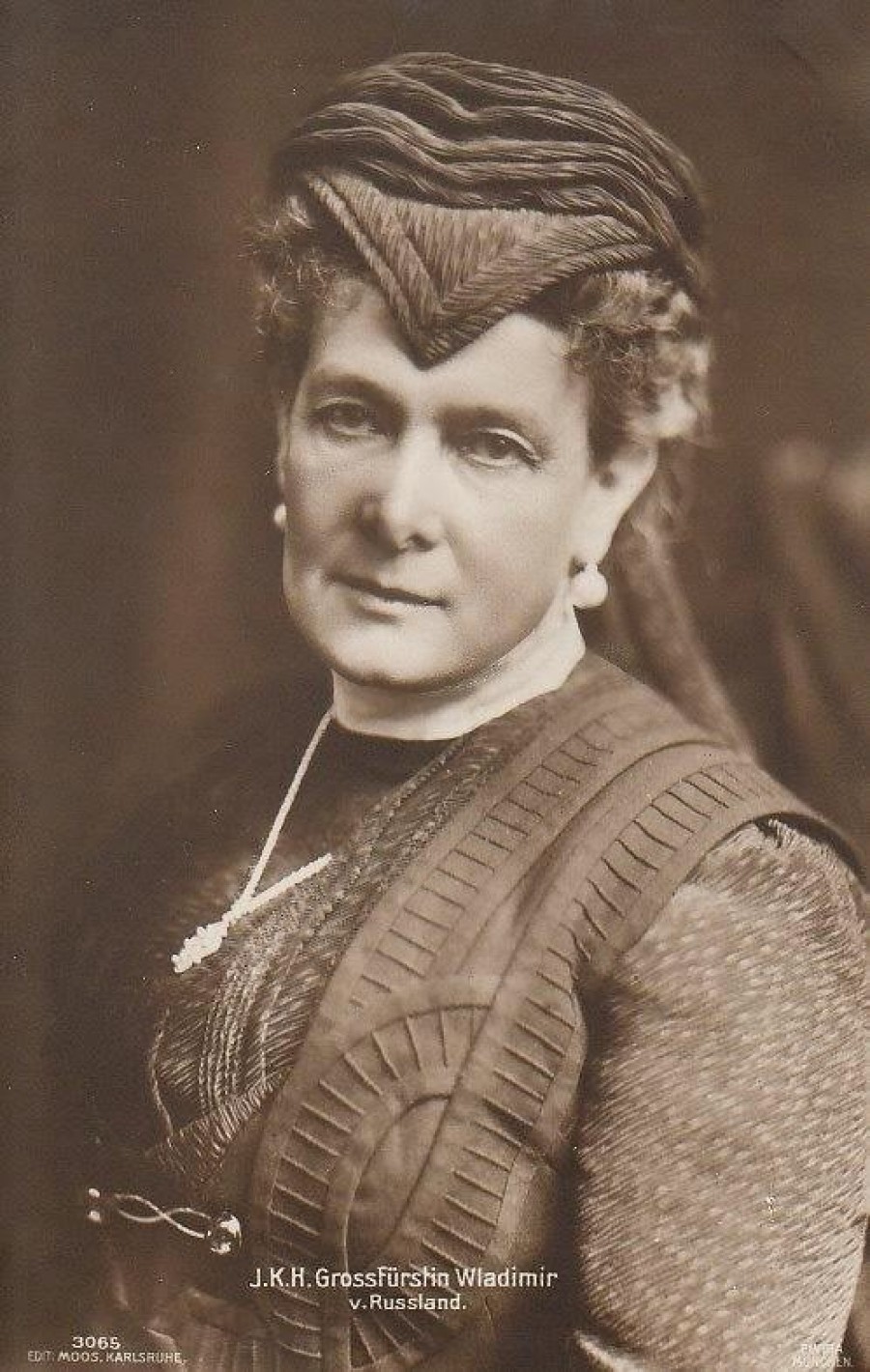
what were the major challenges Duchess Marie faced during her reign

- Financial Crisis: The financial crisis in France during the French Revolution was blamed on her lavish spending and her opposition to the financial reforms. This led to her being known as “Madame Déficit” and further exacerbated the financial problems.
- War of Austrian Succession: Upon her accession, the War of the Austrian Succession broke out, challenging her inheritance of the Habsburg lands. This war was followed by two more, the Seven Years’ War and the War of the Bavarian Succession, which further checked Austrian power.
- Court Factionalism: Duchess Marie was involved in court factionalism, which led to her playing a significant role in aiding the American Revolution by securing Austrian and Russian support for France. This involvement was not without controversy, as she was accused of having an affair with Lafayette, whom she loathed.
- Declining Popularity: Despite the general celebration over the birth of an heir, Duchess Marie’s popularity began to decline. This was partly due to her lavish spending and her perceived opposition to financial reforms, which further exacerbated the financial crisis.
- War and Conflict: The wars and conflicts she faced during her reign, including the War of the Austrian Succession and the Seven Years’ War, significantly impacted her life and the lives of those around her.
- Personal Challenges: Duchess Marie faced personal challenges, including the loss of her husband and the need to navigate complex relationships with key actors during the French Revolution. She was also falsely accused of having affairs and was subject to intense public scrutiny.
These challenges highlight the significant difficulties Duchess Marie faced during her reign, from financial crises to wars and personal controversies.
how did Duchess Marie’s personal life affect her reign
- Marriage and Family: Duchess Marie’s marriage to Grand Duke Vladimir Alexandrovich of Russia was marked by a strong sense of duty and a desire to maintain her royal status. She was known for her wit and sociability, and her marriage was seen as a strategic alliance to secure her position within the Romanov family.
- Personal Conflicts: Duchess Marie faced personal conflicts, including her strained relationships with her children. Her son, Dmitri, recalled how she insisted on reigning as the grand duchess even in his home, despite having “forsaken” him and his father years before. This tension was evident in her interactions with her grandchildren, who avoided her due to her perceived coldness.
- Romantic Affairs: Duchess Marie had a romantic affair with Prince Serge Mikhailovich Putiatin, a commoner, during the tumultuous period following the Russian Revolution. This affair was significant as it marked a departure from her royal duties and her marriage to Vladimir.
- Social and Political Involvement: Duchess Marie was known for her involvement in social and political affairs. She was a devout Catholic and believed in the importance of justice and fairness. Her speeches reflected her commitment to these values, emphasizing the need for social peace and solidarity.
- Legacy: Duchess Marie’s legacy is complex, reflecting both her dedication to her family and her country, as well as her personal struggles and controversies. Her life was marked by significant events, including both World Wars and the tumultuous years that followed, which had a profound impact on her personal life and her reign.
These personal aspects of Duchess Marie’s life significantly influenced her reign, shaping her relationships, her sense of duty, and her overall approach to her royal responsibilities.
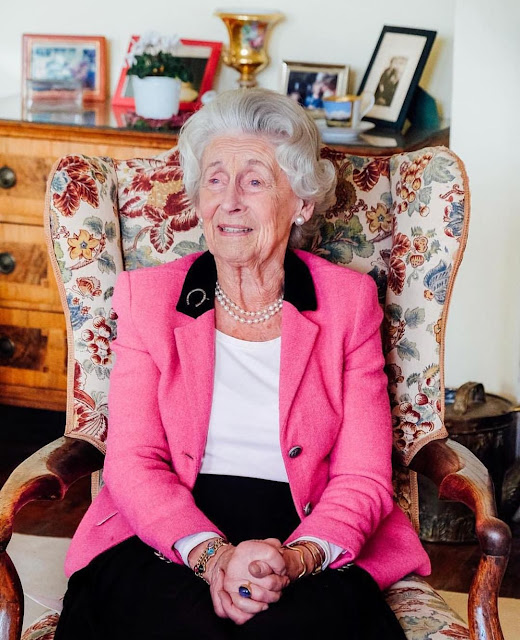 |
| Duchess Marie-Alix of Schleswig-Holstein on the occasion of her 95th birthday. Photo courtesy of Fürst Alexander zu Schaumburg-Lippe / Stiftung Louisenlund. |
On Monday, 1 November 2021, Dowager Duchess Marie-Alix of Schleswig-Holstein died peacefully at her home of Gut Bienebek in Holstein. She was ninety-eight years-old. The four children of the duchess were by her side when she died in her sleep; after her passing, the family released a brief statement: “In deep sorrow and full of love we say goodbye to our mother, grandmother and great-grandmother and look back on her eventful and fulfilled life with respect and immense gratitude.“
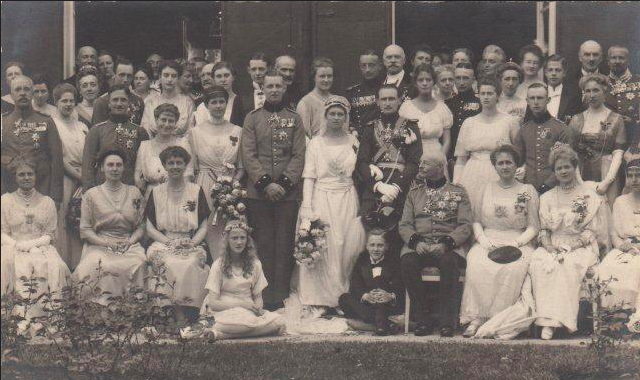 |
| The wedding of Prince Stephan zu Schaumburg-Lippe and Duchess Ingeborg of Oldenburg, 1921. |
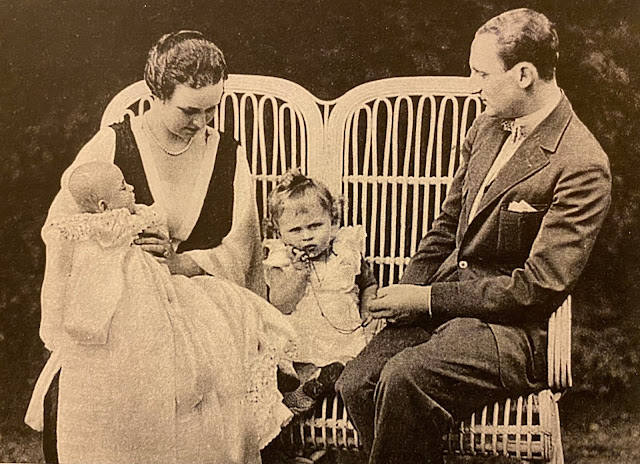 |
| Prince Stephan and Princess Ingeborg with Princess Marie-Alix and infant Prince Georg-Moritz. Photo (c) David McIntosh. |
Born on 2 April 1923 at Bückeburg, Princess Marie-Alix of Schaumburg-Lippe was the first child and only daughter of Prince Stephan of Schaumburg-Lippe (1891-1965) and Duchess Ingeborg of Oldenburg (1901-1996), who married in 1921. Marie-Alix was followed by a younger brother, Prince Georg-Moritz of Schaumburg-Lippe (1924-1970), who sadly was killed in a automobile accident at the age of forty-six. As her father Stephan was a German diplomat, Marie-Alix lived with her family in Sofia, Bulgaria; Rome, Italy; Rio de Janeiro, Brazil; Buenos Aires, Argentina; and Santiago, Chile. After the end of World War II, Marie-Alix spent time with her maternal Oldenburg relations in Lensahn, Ostholstein.
 |
| Fürst Georg zu Schaumburg-Lippe. |
 |
| Fürstin Marie zu Schaumburg-Lippe. |
 |
| Grand Duke Friedrich August II of Oldenburg. |
 |
| Grand Duchess Elisabeth of Oldenburg. |
The paternal grandparents of Marie-Alix were Fürst Georg of Schaumburg-Lippe (1846-1911) and his wife Princess Marie of Saxe-Altenburg (1864-1918). Her maternal grandparents were Grand Duke Friedrich August II of Oldenburg (1851-1932) and his second wife Duchess Elisabeth of Mecklenburg-Schwerin (1869-1955). Marie-Alix was a first cousin of Duke Anton-Günther of Oldenburg, Fürstin Eilika of Leiningen, Fürst Wittekind of Waldeck and Pyrmont, Fürstin Guda of Wied, and Fürst Philipp-Ernst of Schaumburg-Lippe.
 |
| Duke Peter of Schleswig-Holstein. Photo (c) David McIntosh. |
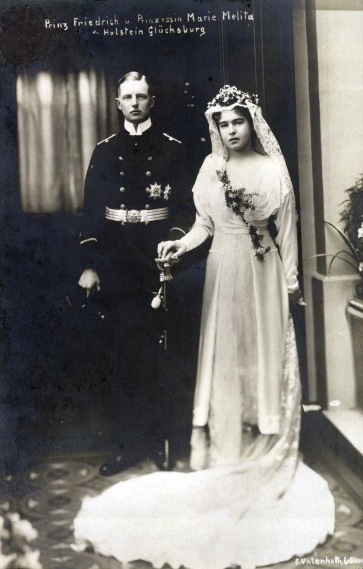 |
| Prince Friedrich Ferdinand zu Schaumburg-Lippe and Princess Marie Melita zu Hohenlohe-Langenburg on their wedding day. |
 |
| Left to right: Duke Friedrich Ferdinand, Prince Peter, and Princess Marie-Alix. Photo (c) David McIntosh. |
 |
| Left to right: Princess Marita, Prince Alexander, Duke Christoph, and Princess Ingeborg. Photo (c) David McIntosh. |
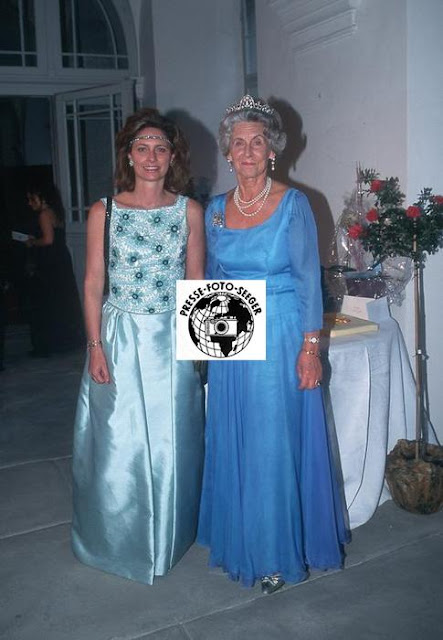 |
| Princess Barbara with her mother-in-law Duchess Marie-Alix at the wedding of Hereditary Prince Bernhard of Baden, 2001. Photo (c) Seeger-Presse. |
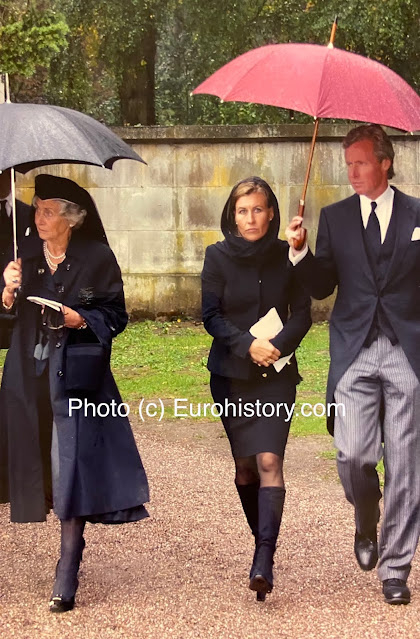 |
| Duchess Marie-Alix together with her son Duke Christoph and daughter-in-law Duchess Elisabeth attend the funeral of Fürst Philipp-Ernst zu Schaumburg-Lippe, 2003. |
 |
| Birthday cheers! Duchess Marie-Alix celebrates her 95th birthday surrounded by students of Louisenlund while her daughter Princess Ingeborg happily looks at her much loved mother. Photo (c) Stiftung Louisenlund. |
Duchess Marie-Alix of Schleswig-Holstein was a co-founder of the Louisenlund Foundation in 1949. This institution was envisioned by her father-in-law Duke Friedrich Ferdinand, and its mission was made a reality by continued support from her husband Duke Peter, her son Duke Christoph, and her daughter Princess Ingeborg. According to its website, Louisenlund “has created a school system with learning and teaching methods which prepare students for the future. To be equipped for the future students must develop social awareness and a strong personality. Since the very beginning, the private foundation, Louisenlund has strived to achieve a holistic education for its students. Moreover, Louisenlund is embedded in a network of international contacts and partner schools. Around 440 students benefit from an education in a global environment whilst enjoying, at the same time the familiar atmosphere of the campus.” Princess Ingeborg, the youngest child of the duchess, is the current chairperson of the foundation’s Board of Governors as well as of the Board of Trustees. The original uniform of Louisenlund students was created from a blue sweater out of Duke Friedrich Ferdinand’s wardrobe and a red sock from his daughter-in-law Duchess Marie-Alix’s closet which served as the collar.
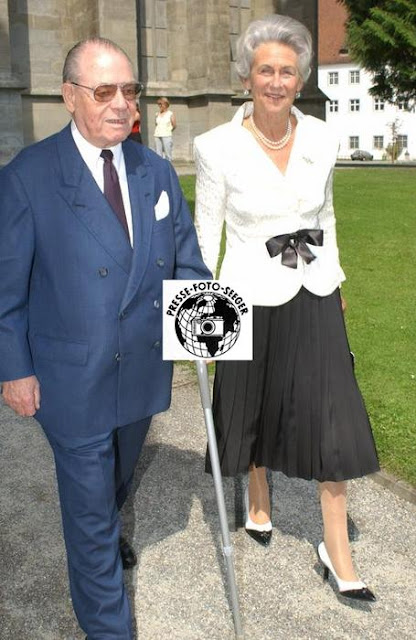 |
| Fürst Friedrich Wilhelm of Hohenzollern and Duchess Marie-Alix at the wedding of Hereditary Prince Bernhard of Baden, 2001. |
 |
| Duchess Marie-Alix with her children Princess Ingeborg and Duke Christoph attend the memorial service for Fürst Kraft zu Hohenlohe-Langenburg, 2004. |
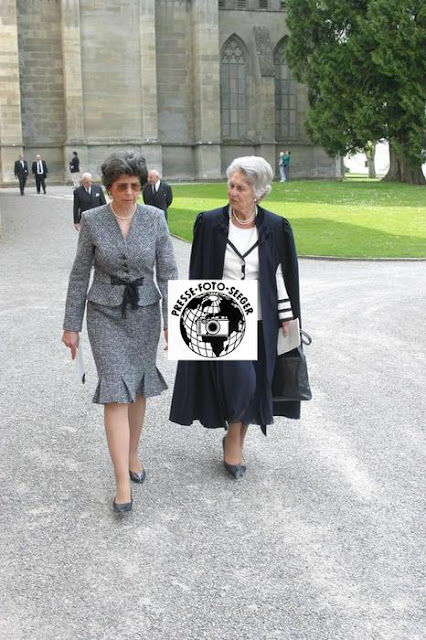 |
| Princess Marianne of Baden and Duchess Marie-Alix attend the funeral of Prince Georg Wilhelm of Hannover, 2006. Photo (c) Seeger-Presse. |
For many decades, Duchess Marie-Alix of Schleswig-Holstein was the Vice-President of the regional branch of the German Red Cross in Holstein. As shown by her dedication to the Louisenlund Foundation, the duchess was particularly keen on the betterment of young people and youth development.
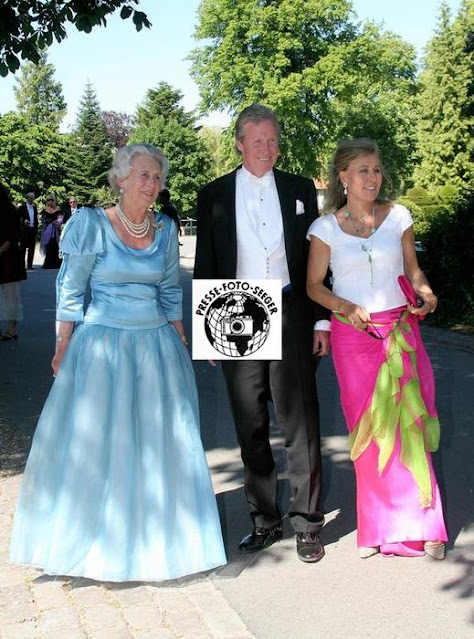 |
|
Duchess Marie-Alix, her son Duke Christoph, and her daugher-in-law Duchess Elisabeth at the wedding of Prince Philipp of Hesse, 2006.
Photo (c) Seeger-Presse / Albert Nieboer.
|
Duchess Marie-Alix of Schleswig-Holstein is survived by her four children, by her nine grandchildren, and by her (at least) five great-grandchildren.
what were the major reforms introduced by Duchess Marie
As we bid farewell to the last surviving member of the Gotha royal family, Duchess Marie of Saxe-Altenburg, we are reminded of the significant role she played in shaping European history. Born in 1874, she lived through tumultuous times, including both World Wars and the subsequent years of rebuilding. Throughout her life, Duchess Marie was known for her strong sense of duty and her dedication to her family and her country. Her legacy continues to inspire those who value her commitment to her family and her heritage, a testament to her enduring impact on the world.
As we reflect on the life and reign of Duchess Marie, we are struck by the many challenges she faced. From financial crises to wars and personal controversies, she navigated the complexities of royal life with poise and resilience. Her commitment to her family and her country was unwavering, and her legacy serves as a reminder of the importance of duty, loyalty, and service. As we say adieu to this remarkable woman, we honor her memory by continuing to uphold the values she embodied: a sense of duty, a commitment to family, and a dedication to the well-being of her country. May her legacy continue to inspire future generations to follow in her footsteps, upholding the noble traditions of the Gotha royal family.
what were the key challenges Duchess Marie faced during her reign
- Financial Crisis: Duchess Marie inherited a financial crisis in France, which was exacerbated by her lavish spending and opposition to financial reforms. This led to her being known as “Madame Déficit” and further worsened the financial situation.
- War and Conflict: She lived through both World Wars and the subsequent years of rebuilding, which significantly impacted her life and the lives of those around her.
- Personal Conflicts: Duchess Marie faced personal conflicts, including strained relationships with her children. Her son, Dmitri, recalled how she insisted on reigning as the grand duchess even in his home, despite having “forsaken” him and his father years before.
- Romantic Affairs: Duchess Marie had a romantic affair with Prince Serge Mikhailovich Putiatin, a commoner, during the tumultuous period following the Russian Revolution. This affair was significant as it marked a departure from her royal duties and her marriage to Vladimir.
- Social and Political Involvement: Duchess Marie was known for her involvement in social and political affairs. She was a devout Catholic and believed in the importance of justice and fairness. Her speeches reflected her commitment to these values, emphasizing the need for social peace and solidarity.
- Legacy: Duchess Marie’s legacy is complex, reflecting both her dedication to her family and her country, as well as her personal struggles and controversies. Her life was marked by significant events, including both World Wars and the tumultuous years that followed, which had a profound impact on her personal life and her reign.
These challenges highlight the significant difficulties Duchess Marie faced during her reign, from financial crises to wars and personal controversies.




